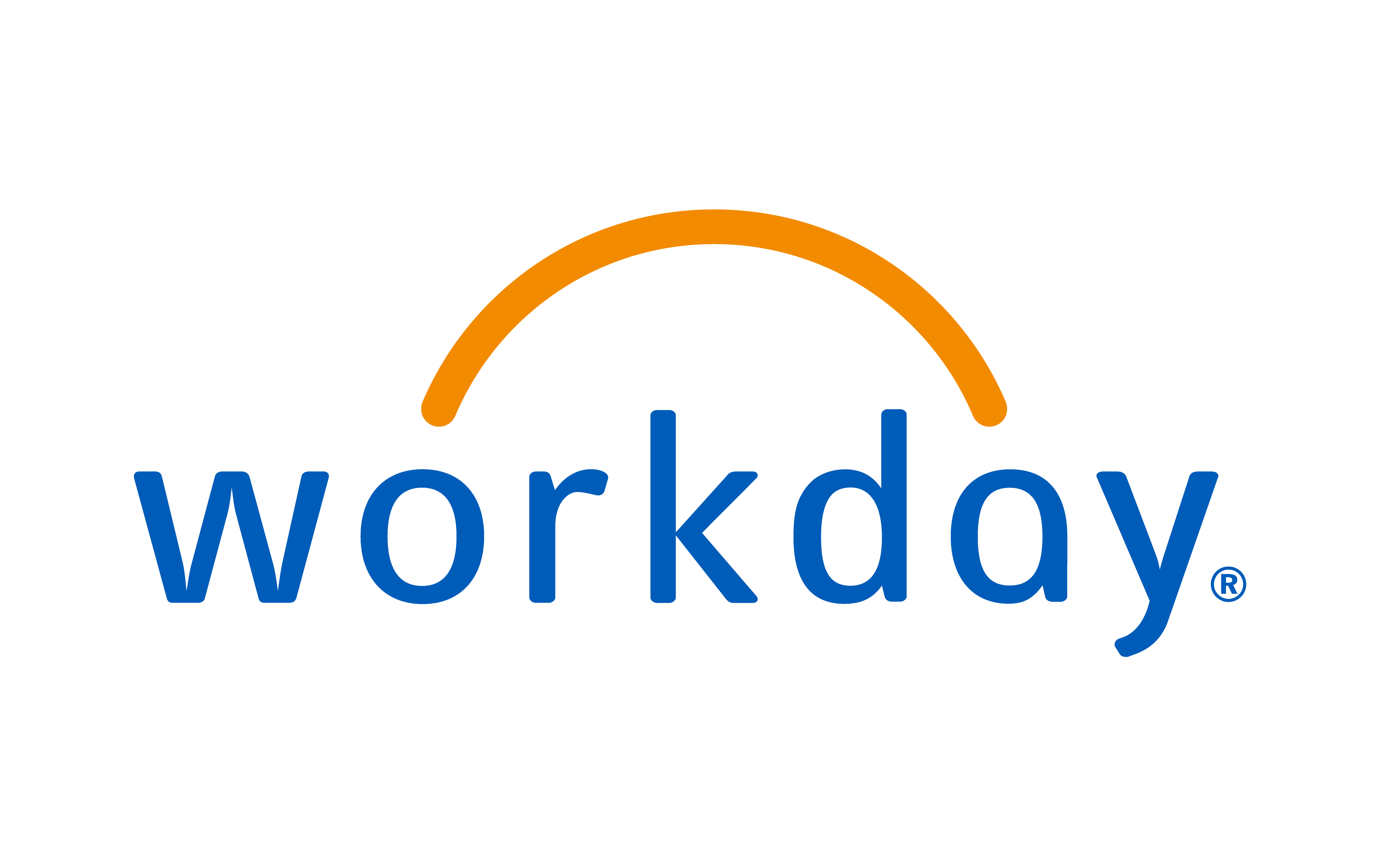
Chief executives looking to conduct an IPO have a gruelling checklist. Create a compelling growth story. Build a robust board. Prepare the business for a new reporting regime. Assess whether the rest of the management team are match fit. Such are the demands of the process that business performance can dip, resulting in that fatal mistake of missing your first set of numbers once you’ve gone public.
None of this seems to have dampened the enthusiasm of management teams considering a float. According to Big Four firm EY’s latest research, in the first nine months of the year there were 851 IPOs, raising $186.6 billion (£115 billion), a 49 per cent increase in volume and a 94 per cent increase in capital raised for the equivalent period in 2013.
The US leads the race for most capital raised, buoyed by Alibaba’s record $25 billion (£15.7 billion) listing last month. In Mainland China, a rush of IPOs at the beginning of the year propelled the region to the top of the deal rankings in the first quarter. Indeed, Asia Pacific saw more IPOs (217) in the first half of 2014 than any other region.
Martin Steinbach, IPO and Listing Services Leader at EY, comments: “Many European brands, like Prada for instance, have been looking to Asia Pacific, specifically the Hong Kong Stock Exchange, because of the wealthy and growing consumer base in China. By contrast, if you are an Asian-based technology company, you’d be looking to Wall Street.”
In the UK, there were 109 new floats registered on the London Stock Exchange from January to the end of September, an increase of 73 per cent on the same period last year, with £15.5 billion funds raised (up 163 per cent on 2013). John Millar, Head of Primary Markets at London Stock Exchange, says: “Improved valuation of the market has been key, with many world indices now trading at or close to record highs.
"Investor flows, too, have been important as, following many years of investors suffering net outflows from their funds, there has been a turnaround which has given fund managers new capital to invest in the markets.”
Criticaleye examines the six key areas for management teams to master if they’re to take full advantage of the wealth of funds now available to back businesses:
1) Get the Company in Shape
Every part of the business will need reviewing thoroughly before announcing the intention to IPO. “You need to be running the business as if you were a public company, governance and accounting especially, for at least two quarters and probably a year,” says David Harding, Chairman of Radius Equity Partners and former CEO of betting concern William Hill.
Others recommend a longer run-up. Caroline Brown, CFO and COO of engineering consultancy Penspen, and Non-executive Director of Intelligent Energy, which floated on the Main Market in July this year, comments: “I think about 18 months prior to IPO is a sensible timeframe to start planning because the company, if it is a traditional private company, will not have the skills internally to face the market.
“They will not have the systems and processes in place and it is likely to fall, at the very first hurdle, in terms of delivering its financial forecasts. It is a very difficult process and, once launched, it is quite hard to stop. So, build in resilience, build your systems and your people well in advance.”
Peter Williams, Chairman of online fashion retailer Boohoo, which listed on AIM in March, says: “Before you even start the process, the company has to do a sense check as to whether it’s got all its legal documentation in place and whether its systems are robust enough to be able to deal with all the information you have to share as a public company.”
2) Create an Effective Board
A common mistake made by CEOs is to only start thinking about appointing non-executive directors at the eleventh hour. Roger McDowell, Chairman of AIM-listed engineering company Avingtrans, comments: “All the governance requirements need to be met and the composition of the board needs to be appropriate for the business; investors need to be sure the NEDs will be engaged and working on their behalf.”
Choosing the right chairman is absolutely vital. Stephen Davis, Criticaleye Thought Leader and Associate Director and Senior Fellow of Harvard Law School Programs on Corporate Governance and Institutional Investors, says: “They’ll be able to guide the management team through that transition and make sure that the culture of the company is sensitive to the new types of accountability that exist within the context of a public market.”
Aside from knowing how to deal with investors and advisors and, of course, running a board, Peter notes that the chairman “needs to act as a mentor to the CEO and the CFO, and indeed the other people in the business, to explain what’s going on in the run up to IPO”.
3) Seek Wise Counsel
Those who have successfully conducted an IPO will talk about how crucial it is to appoint good advisors. David comments: “The key thing with all advisors – bankers, PR, lawyers, accountants – is to make sure that whoever they choose as the lead has done it before.”
Costs will have to be watched closely. “You need to put a cap on the legal and accounting [fees],” says Rod Webster, CEO of AIM-listed mining concern Weatherly International. “At the same time put someone in charge of co-ordinating the process; bringing [it] to a close quickly is the best way to control the cost.”
4) Tell a Good Story
Investor roadshows will be where the strengths and weakness of your ambitions for an IPO come to the surface. The CEO and CFO must be able to explain the finances and create a story for growth which sets the business apart.
“People are making investment decisions based on their analysis of the numbers and so on, but it’s also about their one-to-one interactions with the CEO and CFO and how they rate those two people in particular," says Peter.
“The business will be a more attractive proposition for investors if the CEO and CFO come across well... Remember, investors have loads of choice as to where they put their money and the easiest decision they can make is not to invest.”
Rod comments: “It's important to understand the person you're presenting to [during investor roadshows]; the broker, if he's switched on, should know what the investors are looking for. If it's a generalist fund, the presentation needs to be at that level: simple, succinct and without technical jargon.
“If it's a specialist fund then you need to go into more detail... It's always useful having someone else with you, a chairman, CFO or company secretary, who can take over some of the talking and give you a bit of a break or to help reinforce a point.”
5) Be Sensible on Pricing
It’s inevitable that some IPOs will be pulled due to disagreements over pricing. David says: “Unconnected analysts and commentators will look to make money shorting and can always find a credible story as to why the issue was overpriced and that will always spook some into selling…
“It’s another reason why not getting suckered into bullish forecasts is so important, that way your first set of results will steady the ship.”
Martin comments: “If you are an entrepreneur looking to IPO, you should have your own idea of a valuation... [with] a price-to-earnings multiple that enables you to have a feeling about the fair price range for the business.
“Armed with this knowledge as background, you then need to convince the bank and the analysts that you have the right peer group and a proper forecasting system, which is reliable and that will continue to meet their expectations. You also need an equity story that is timed well for the market.”
Think carefully about the blend of investors too. Jamie Pike, Chairman of FTSE 250-listed plastics manufacturer RPC Group, says: “One of the critical success factors in any IPO is that you have genuine liquidity after a float. You must be able to create a market for people to buy and sell your shares... [because] if there’s a lack of liquidity people have no idea whether they’ve been given an accurate price.”
6) Hit Those Numbers
The performance of the business cannot be allowed to drop-off in the run-up to flotation, yet it can easily happen.
“A significant challenge for companies is to continue the day-to-day running of the business, while at the same time conducting an intensive IPO process,” says John. “Banks and independent advisers can help lighten the execution load, but it is still a demanding time for a company’s executive team.”
David says: “[It’s] a real issue as the IPO takes the CEO and CFO out of day-to-day management for three months. It helps if there's a COO but, if not, it's obviously important that no big operational events are planned during that period. [During the William Hill float] I made sure each of my direct reports sent me a short daily ‘exceptions’ report and were exhorted that ‘no surprises’ was the order of the day.”
***
For CEOs thinking about the move, it’s a case of taking the time to put every piece in place so the business is performing to the highest level. After all, while a successful flotation is to be commended, there’s no bedding-in period once a company goes public.
“Time and again I think management teams regard a successful IPO as the end of the journey, but it’s actually just the start,” says Caroline.
I hope to see you soon
Matthew
www.twitter.com/criticaleyeuk


























 (002).png)